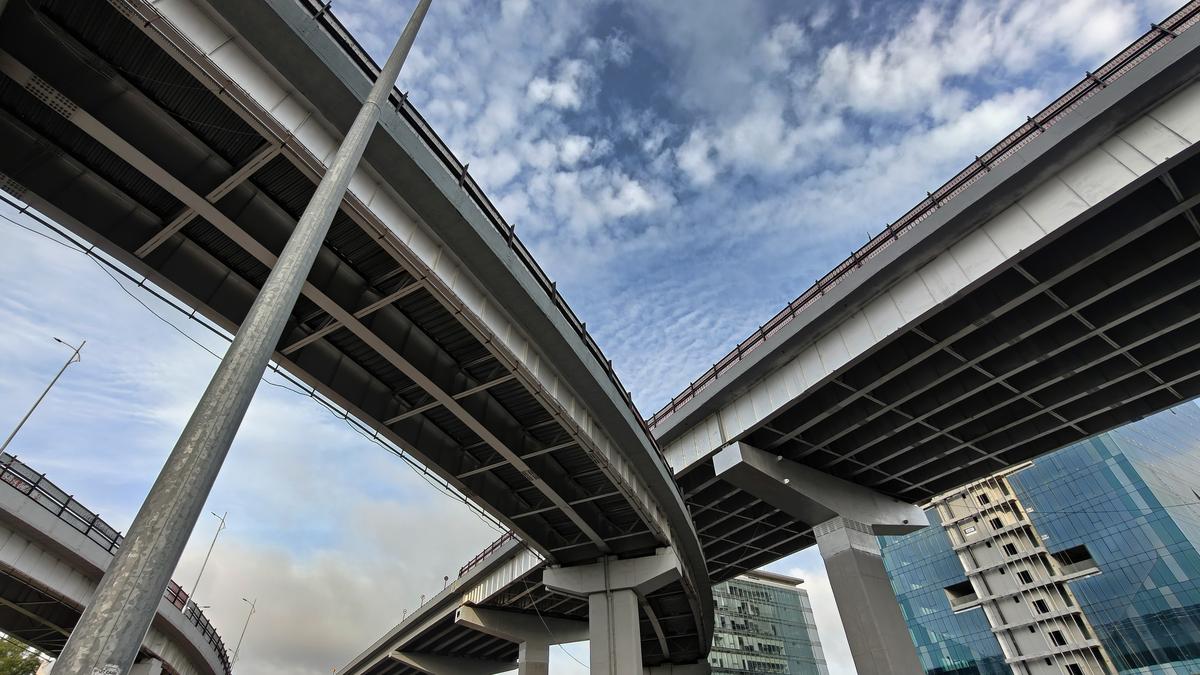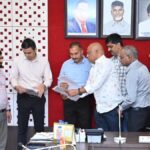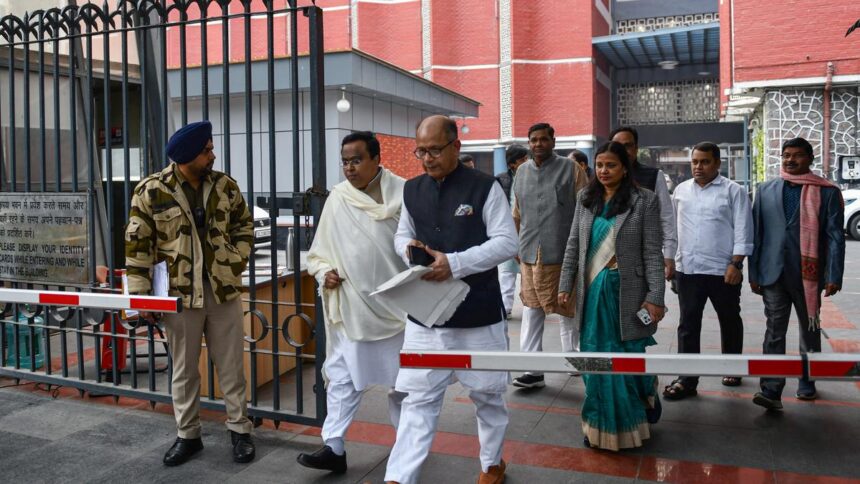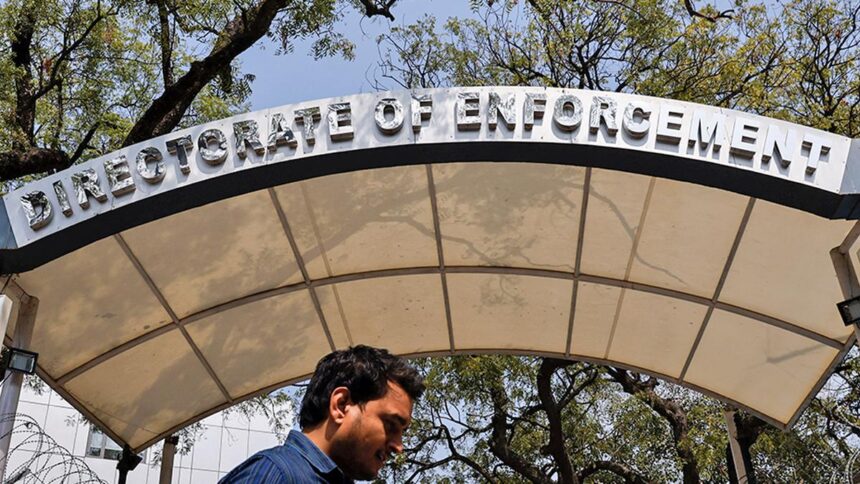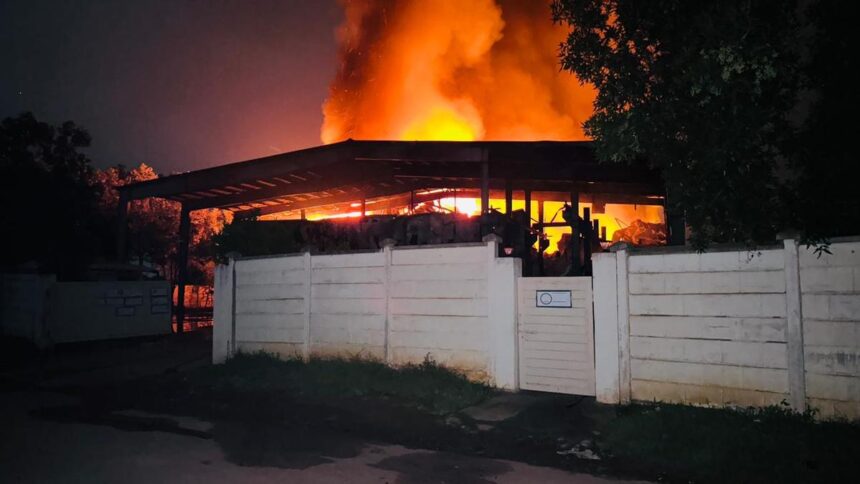Days after the inauguration of P. Janardhan Reddy (PJR) flyover connecting Kondapur and Gachibowli, motorists are dreading the drive on the elevated stretch. Commuters and experts are highlighting persistent bottlenecks and longer travel times. Designed as a six-lane elevated corridor linking the Outer Ring Road (ORR) to the city’s IT corridor, the flyover is seeing daily volumes of up to 75,000 vehicles. This has shifted the pressure onto narrower linking stretches, particularly near the Radisson Hotel on the Gachibowli-Miyapur road, with bumper-to-bumper traffic stretching onto the flyover.
“It gets really narrow and chaotic during peak hours. What should take 10 to 12 minutes often stretches to 20 minutes. Honestly, it feels like the road wasn’t designed with current traffic in mind,” said Steve Abraham, a private employee who travels from Sainikpuri to Gachibowli.
Anjali Rao, a tech professional from Miyapur said, “It’s frustrating, especially near the Radisson stretch. The merging is messy, and no one seems to know who has the right way. I use this route daily to reach my office in Kondapur, and what should be a quick drive is now a crawl.”
A critical bottleneck has formed near the Radisson Hotel, where three lanes of traffic from the flyover and two from the Gachibowli junction below, are squeezed into a road barely wide enough for three lanes. “Earlier, vehicles waited at a signal and moved in batches. Now, there’s no stoppage, all the vehicles move at the same time and it gets gridlocked,” said a Gachibowli traffic police officer. He added that congestion peaks between 4 p.m. and 8 p.m., often causing backups of 40–50 metres or more on the flyover.
In a temporary fix, the traffic police recently made provisions to redirect one lane of traffic and merge it beyond Radisson Hotel onto a four-lane road. “We’ve been doing this for the past few days, and it has brought down average waiting times from 20 minutes to about 6–7 minutes, while travel time remains almost the same,” the officer said.
Another adjustment involved moving a U-turn near the landing of the flyover around 150 metres under the structure. “Earlier it was resulting in congestion with an increased risk of accidents,” the officer added. A proposal to widen the road near the Radisson stretch, adding about two more lanes, is also under consideration.
Yet, experts argue that the issues go beyond short-term fixes. Urban mobility expert Prashanth Bachu said the city’s approach to road design is flawed. “We keep expanding lanes arbitrarily, but they can’t be expanded infinitely. All traffic eventually converges at the narrowest point or other arms of that road,” he said.
According to Bachu, each lane, flyover or otherwise, can carry about 1,200 car-equivalents per hour. “You may save one or two minutes on a flyover, but you’ll lose more time at the next junction, which gets choked by the unregulated flow. We’re now seeing that the time saving benefits of new flyovers are nullified within two to six months. A decade ago, it took at least two years for that to happen,” he said.
There is also a shift in traffic patterns, largely driven by navigation tools. More vehicles from the ORR are now routed via the wider PJR flyover, bypassing the narrower Shilpa flyover. “Commuters headed towards Hafeezpet, Kukatpally, KPHB Colony, Nizampet, and even Madinaguda, who earlier took the Shilpa Layout flyover, are being directed to take this route. As a result, traffic volume here has surged,” the traffic official explained. After the PJR flyover, commuters take the Kothaguda flyover before turning off near Yashoda Hospital.
Part of the reason is design: the PJR flyover begins slightly earlier than the Shilpa flyover, by around 100 metres, and navigation apps prompt users to take the former.
Commuters and experts have also flagged the absence of clear signage, adding to confusion and delays, especially for first-time users. Despite the deployment of traffic personnel during peak hours, the volume of vehicles continues to strain the infrastructure.
While the police expect the proposed road-widening project near Radisson may offer some relief, experts warn that unless there is a shift in planning philosophy, focusing on managing demand rather than simply expanding supply, new flyovers will continue to deliver diminishing returns.
In the interim, Bachu stressed the need for more pedestrian crossing signals at regular intervals. “By doing so, you are holding the traffic at periodical intervals, thereby avoiding heavy traffic accumulation at one spot. This will also help pedestrians, and motorists who need to go to the opposite side, to cross the road easily,” he said.
Published – July 06, 2025 07:38 am IST








